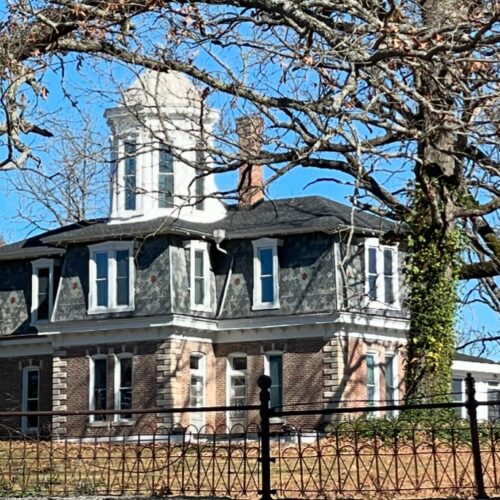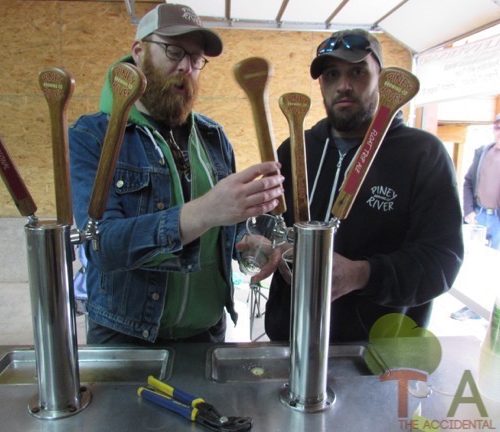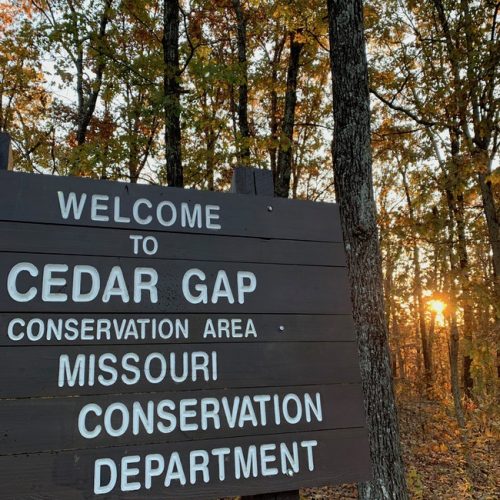On the convergence of the banks of the Finley River and the Ozark Trace, in Ozark, Missouri, stands the impressive (and some might say, imposing) Ozark Mill. On a beautiful autumn day, we visited the mill – courtesy of an invitation from Finley Farms. I had driven by the setting of the mill several times, and knew its restoration was “in the works,” but didn’t expect the mill to be this grand and frankly, rustically beautiful.
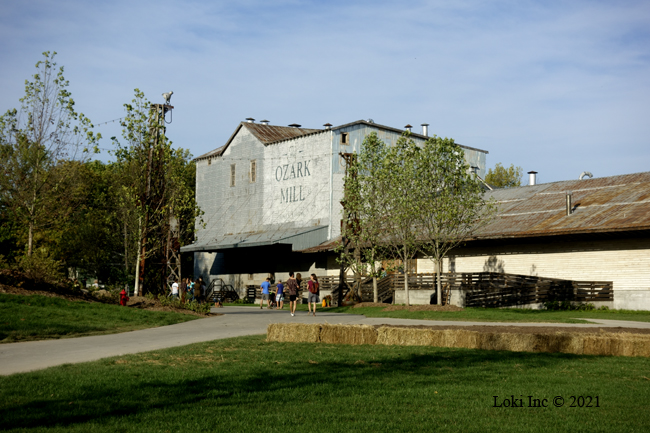
History of the Ozark Mill
Why choose this location for a mill? According to the “River of Farm Life” website, factors including accessibility and the ability to dam a water source came into consideration. This location sat on an important mail route, as well. You’ll see that feature tied to many a mill in the Ozarks. This mill also served as the community’s post office. In fact, down the road from this mill at Rockbridge Mill, you can see the edifice of its old post office. The Ozark Mill – formerly named the Kimberling Mill because of the family name associated with it – dates back to the early 1800s, and suffered (typical for mills in the 1800s) at least three major fires, with the first one in 1899.
During the Civil War, many of the Ozarks’ mills were burned for military reasons. Not this one. Purportedly, the Confederates claimed the Ozark Mill and operated the mill during the war. Afterward, the mill helped this area of the country to rebuild efficiently, because it was still up and running and ready for action.
According to the history of the Ozark Mill found at Finley Farms’ website, in 1922 a second fire destroyed the mill. John Hawkins purchased the mill that year and began construction of a concrete dam that you can see today, to harness power from the river. The present mill building hearkens back to 1939. The Ozark Mill carries the distinction of being the last grist water mill in Missouri to operate, and closed in 1992.
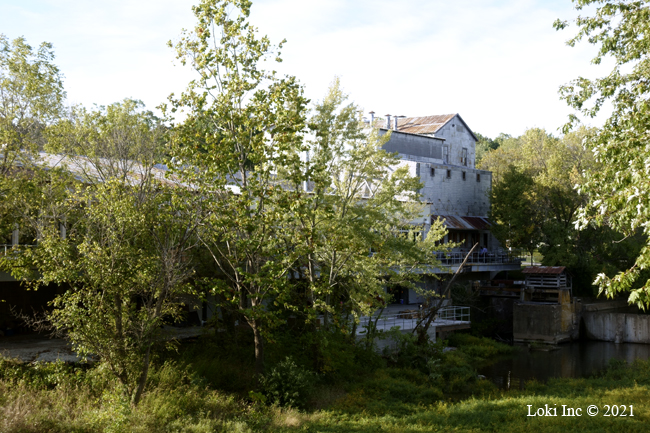
Today’s Ozark Mill
In 1993, Bass Pro Shop’s Johnny Morris purchased the property. Perhaps one of the most dramatic and significant efforts to preserve the mill occurred in 2018, when a crew shifted the entire mill building, about 400 tons’ worth, back 80 feet from the bank of the river so that the foundation could be restored. After being returned to its original setting, the mill site received new floodgates to control the power of the river.
In addition to the Ozark Mill, today’s setting at Finley Farms includes the historic Riverside Bridge, The Ozark Mill Restaurant, The Workshop (facility for local artisans, crafters and chefs to showcase and teach their talents in a coffee-shop setting), a Farmers Market, Market Shed and an outdoor chapel for weddings and other events.
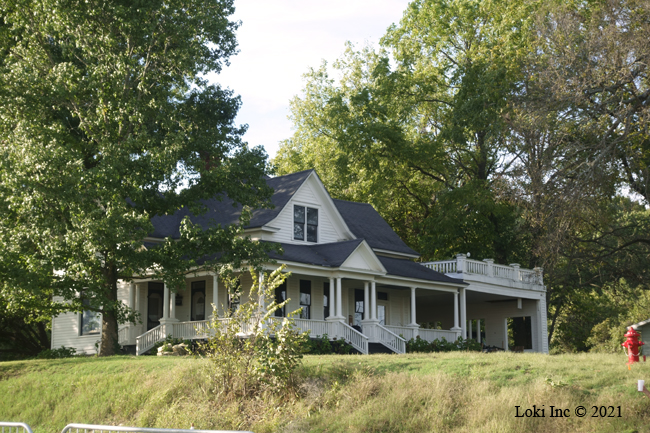
Across the street, catty-corner from the mill sits the Hawkins’ family’s home, which is now a place where brides may organize and prepare for the big moment across the bridge and in the chapel. The overall plan for Finley Farms has been managed by Morris’s daughter, Megan. There are more phases to come near the mill, including accomodations.
Photo Gallery of Ozark Mill
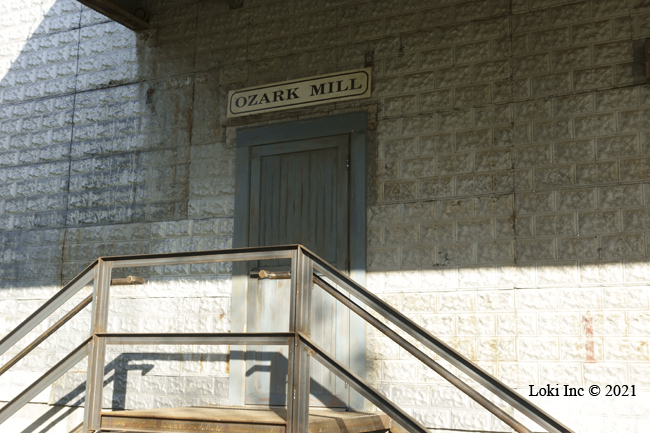
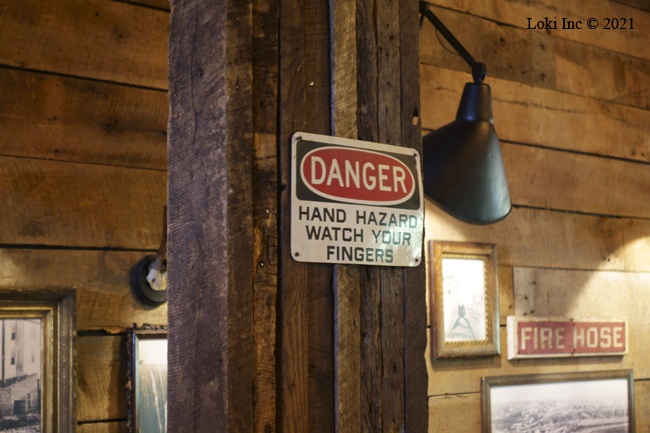
On the day we visited, Finley Farms hosted an outdoor marketplace.
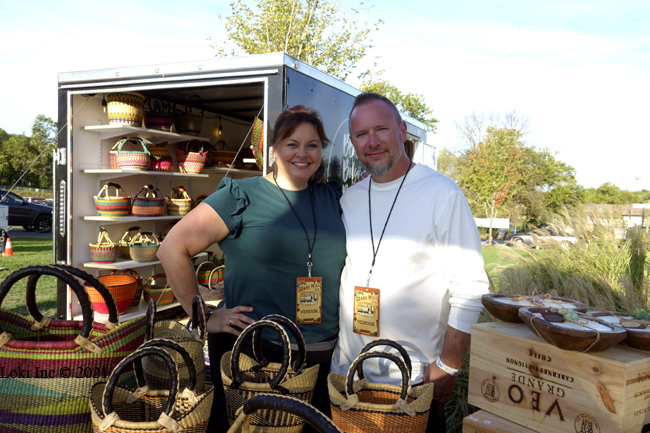
We spent several hours walking the site, and my photographer, Jason Baird, snapped the photos that best show what a day onsite at the Ozark Mill might be like.
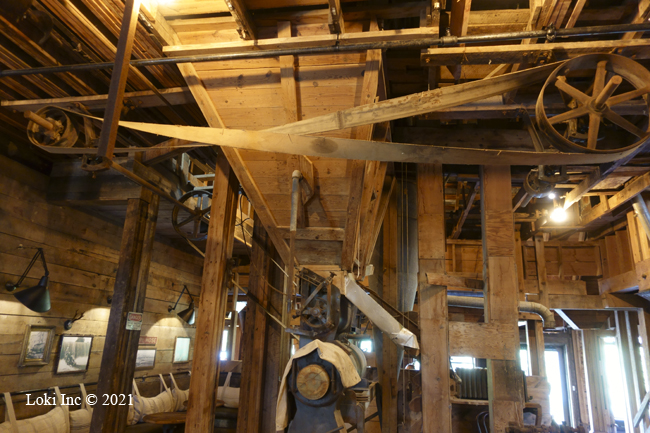
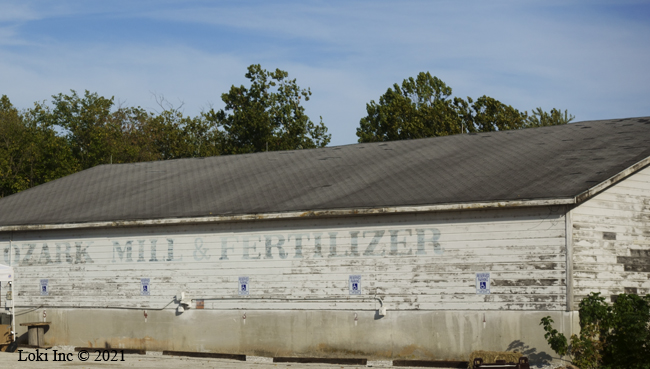
Dayle Duggins, who is the marketing manager for Finley Farms, told us that as the mill continues to be developed, they hope to further educate people on the historical significance of the mill, how it operated – both mechanically and socially.
I think it’s marvelous that this mill once boosted the economy and actually, had an entire community grow up around it, and now, it’s back — contributing to the good of Ozark, and Missouri, in so many ways.


